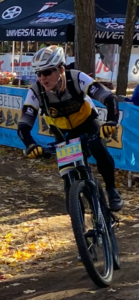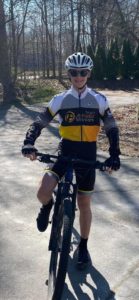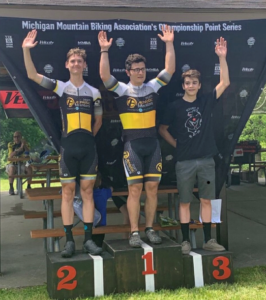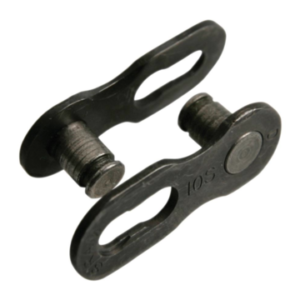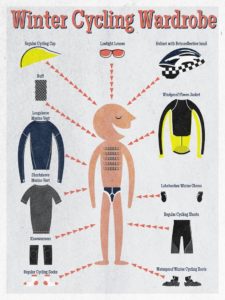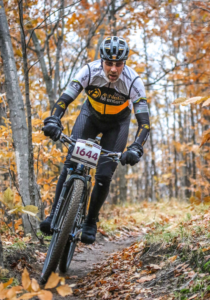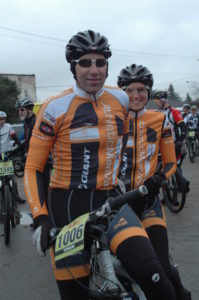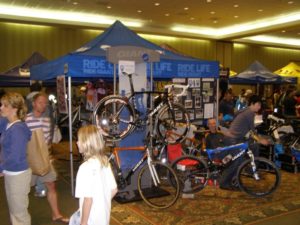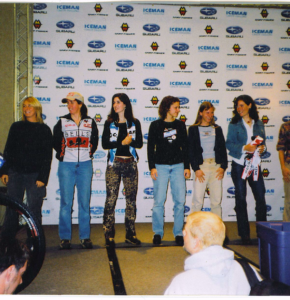By Jared Dunham
The Iceman Cometh is a hallmark of Michigan mountain bike and bike racing. In 2021 I didn’t compete; however, I was fortunate enough to be a part of this year’s event. By the numbers, this course was 29 miles in length with 1,453 ft of elevation. The race begins at the Kalkaska Airport and ends at the Timber Ridge campground in Traverse City. This route uses mostly forest roads and the official VASA trails with portions of singlet rack added intermittently. It’s known for the final 3k of the course being setup like a cyclocross event. In terms of weather, leading up to Saturday, it was looking like we were going to get another “mud man”. This was reinforced by the fact that it had downpoured most of the previous night. However, lining up in the Pro/Cat 1 wave, the temperatures were in the low 60’s and while it was overcast, there was no rain for the time being.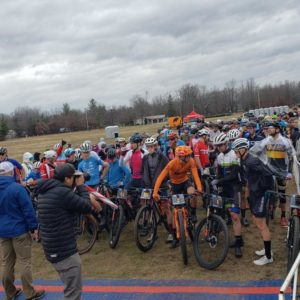
We started the race like a “bat out of hell”. Riders were jostling for positions as we made our way out of the Airport and into the first two-track of the course. Nearing this initial two-track, racers ahead of me slowed to get around a giant mud puddle in the middle of the road. I was in the wrong spot of the group and lost several positions due to this, then had to regain my momentum. Generally, there is a good portion of sandy two-track in this event, however between the rain and the 3,400 sum-odd riders that came before us, almost all loose sections were packed down. Entering the first single track at 2 miles, my turns were smooth, and I was able to hang with a group relatively easily. Post-single track was when things split up drastically. People were able to put the power down on the sections of well-ridden forest road and the race officially began.
For a good portion of this race, I was chasing solo riders or small groups of racers that had fallen off the main pack. I’d catch up to a racer/group, find our paces didn’t match, then rinse and repeat. At 5 miles we were on the Brown Fire Lane straightaway, looking back there was a group of riders who were set to eliminate the gap I had. Ahead of me, there was a larger group of cyclists. I put in another dig and managed to hook onto the group ahead of me as we neared the next portion of single track. However, not long after, the group split apart, and I was in the caboose at the time. Re-entering gravel roads at what I believe was mile 11, I was yet again being chased by a group in the distance behind me. However, three riders were forming a peloton ahead of me.
Making a right onto Broomhead Rd, I tucked into an aero position, grabbed the center of the bars, and burned some more diesel fuel trying to catch the riders ahead of me. Avg speed was 21.3 mph through this section. Making a left back onto some forest road, I was only a few bike lengths away from a group of three. Finally at 15 miles, I slipped into one of the rider’s drafts and began to get some recovery in. Our peloton was made up of; Justin Morris, Ben Kailis, Barry Dykstra, and Myself (sorry if I got someone’s name wrong). At 15.7 miles, there was a portion of winding single track, I was still in 4th position, getting some recovery where I could. On one of the sweeping left turns, a small log was positioned at the outer edge of the trail. Noticing it too late, Ben and Barry rode over the log, but were able to clear it again to get back onto the trail. I wasn’t as lucky. My rear tire slipped on the wet log, and I was down on the ground.
Thankfully I had no major injuries, aside from some scrapes and bruises, and neither did the bike. Getting back on my feet, I spent some time pulling the chain out from under my chain ring. I lost a few positions but eventually got back onto the bike. However, that zen-like, flow-state mentality that you need to navigate single track fast was gone. Thankfully, the remaining course is more suited for a rider of better fitness than handling ability, as the most significant climbs were yet to come. 21.4 miles in, I arrived at the Boonenberg climb, which was one of the major climbs and at 23 miles, I was treated to Anita’s hill. It was here that I set a new highest heart rate, at 200 bpm. Shortly after this, the lead group of Women riders caught and passed me; Alexis Skarda, Savilia Blunk, and Rose Grant.
The clouds had been sprinkling off and on during the ride, but this was when it really started to rain. Wearing a jersey, finger-less gloves, normal bibs, and shoe covers, I was slightly chilled on the descents but would warm up again when I hit the climbs. Around 26 miles, I could tell that someone was following relatively closely behind. In the straightaways I could look back and make out a blue jersey in the distance, but I wasn’t sure who it was. Determined to hold my position, I sustained the hard effort but wasn’t going to give it the beans until the legendary final 3k. At the summit of Mount Gary (one of the final climbs of the course), I turned down an offer for Pabst Blue Ribbon and kept trucking. Entering the first section single track of the ending to the event, I did what I could to maintain my gap with the rider behind me.
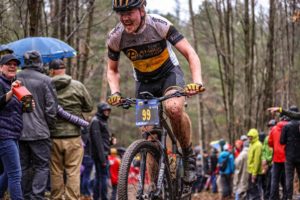
Photo by: Rob Meendering Photography
The trail was muddy, relatively tight in areas, and twisty. I focused on maintaining smoothness over speed, which paid off. After exiting the single track, I didn’t hear the crowd behind me continue to cheer. This was good news; the rider wasn’t very close to me, and the gap was holding. I sent it on Icebreaker hill, with some minor cramps in my quads at this point, went back through Timber Ridge, and after following more single track, was dumped out at the base of Woodchip hill. The turn onto Woodchip was sharp and I had to take it wide, but I stayed upright and was in the correct gear to mash some pedals. After climbing Woodchip, I descended for a bit and then worked my way back into Timber Ridge for the finish. On one of the final hill climbs, I saw Keegan Korienek nearing the top, but my legs were baked at this point. Reentering Timber Ridge, I rode through the final turns, which I had memorized at this point, and put in a sprint on the straightaway to the finish.
My finish time for this year’s Iceman was 1:46:17, by comparison, my 2019 finish time was 2:14:23. So I was able to shave nearly a half an hour off my previous Iceman race. Additionally, in 2019 I was in peak form at the time of Iceman and training specifically for XC mountain bike races. Apart from comparing previous finish times, something that speaks to the caliber of riders that competed at this year’s event was how I placed in the rankings. In 2019, I placed 54th of 94 Pro men and 165 overall. This year I placed 80th of 99 Pro men and 109 Overall. One thing to note however, is that 2019 was a “mud year”, so it may not be easy to compare apples to apples. Concerning afterthoughts, one thing I needed was better positioning going into the first single track at 2 miles in. Riding with a group and catching some draft as opposed to chasing solo for about half the race would’ve saved a lot of my matches.
Thanks again to everyone who helps put on this race, I haven’t done an event quite like Iceman before. If you raced and met the goal you set, great, if you raced and had fun, awesome, if you did both, congratulations. On a final note, all the people cheering us on are what make this event amazing, so thank you for being out there to heckle us. My race plate number was 99 and the highlight of my ride was riding through one of the last bends in the course and some random guy I didn’t know yelling with conviction, “Go ninety nine”!
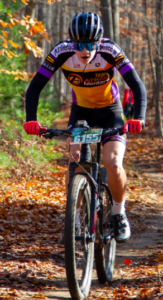 Hi, my name is Nick Thielen. I’m 14 years old and in the 8th grade at Warner Middle School in Farmington Hills, Michigan. Outside of cycling I play basketball and run track. I started practicing with Huron Valley United Racing in 2021 and realized I was a pretty good cyclist so I decided to stick with it. This past season I won the MISCA Advanced Middle School state championship winning 4 out of 6 races. After the MISCA season, I raced Iceman for the third time. Iceman is definitely my favorite race. The atmosphere is great and the course is always challenging but super fun.
Hi, my name is Nick Thielen. I’m 14 years old and in the 8th grade at Warner Middle School in Farmington Hills, Michigan. Outside of cycling I play basketball and run track. I started practicing with Huron Valley United Racing in 2021 and realized I was a pretty good cyclist so I decided to stick with it. This past season I won the MISCA Advanced Middle School state championship winning 4 out of 6 races. After the MISCA season, I raced Iceman for the third time. Iceman is definitely my favorite race. The atmosphere is great and the course is always challenging but super fun.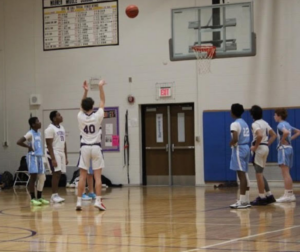
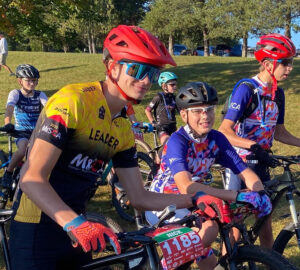 I find riding a bike a great way to have fun while meeting some great people you wouldn’t have met if you weren’t riding. There is nothing better than the feeling of accomplishment after a good race knowing that all your hard work paid off. If a race doesn’t go your way you can always just look forward to the next one. I really like training for races. There’s something about knowing that someday it’s all gonna pay off just motivates me to train as hard as I can.
I find riding a bike a great way to have fun while meeting some great people you wouldn’t have met if you weren’t riding. There is nothing better than the feeling of accomplishment after a good race knowing that all your hard work paid off. If a race doesn’t go your way you can always just look forward to the next one. I really like training for races. There’s something about knowing that someday it’s all gonna pay off just motivates me to train as hard as I can.







